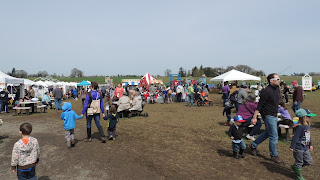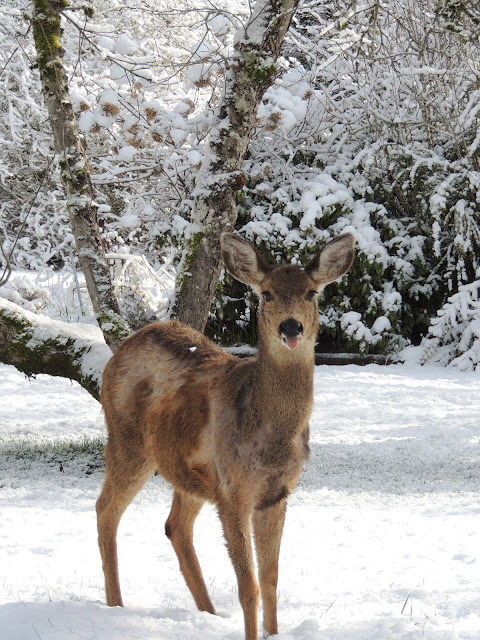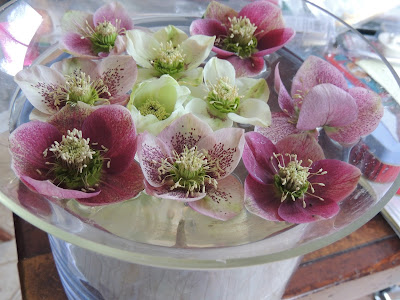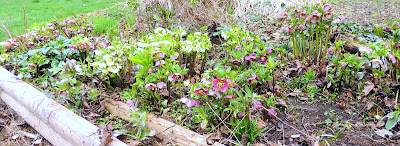In the past, I have often associated Fall as a precursor to a death of plants. I know, a really 'Debbie Downer.' However, lately, I have a different view of this season, perhaps inspired by this expanded autumn blissfulness. Yesterday, I planted up my Winter/Spring planter with bulbs included of course.
There are no violas and pansies in this container garden. We share the land with three generations of deer, and for them, it would serve as a quick snack. I feel head over plant-lust with this sultry dark Armeria. And to boot, its' evergreen with pink flowers off and on during the summer. As many of you know, one of the tricks of container gardens, is to plant a small version of a plant you will eventually relocate to your garden. This is the case for this Azara microphylla. Evergreen with vanilla scented flowers in the Spring and tolerates quite a bit of shade. By Spring, this marvelous plant will probably twice its' size here, and able to hold its' own, with other plants. The reason I get the bulbs, is that they bloom into May, and by default, I don't need to replant the container garden until mid to late May. This translates into more annual and perennial options.

Now is a great time to cut back the hydrangeas. While I do this, I take the cream of the crop, strip off all the leaves and hang them upside down from the garage for a week. Then, you can use them as a dried wreath arrangement, in a glass vase, or even to decorate your Christmas tree.
I have to admit that I am not a fan of spring-blooming camellias, but this winter-blooming camellia, Camellia sasanqua 'Appleblossom', is a welcome delight. She emits a slight fragrance, and so is great for inside flower bouquets.
This small shrub-let, fothergilla 'Jane Platt', takes considerable shade, and stays very small. In 25 years, it remains only 1 1/2 feet tall. This is another one of those plants in the witchhazel family. Which I have a great fondness towards.
Enjoy this season,
Cheers,
Laura

















































